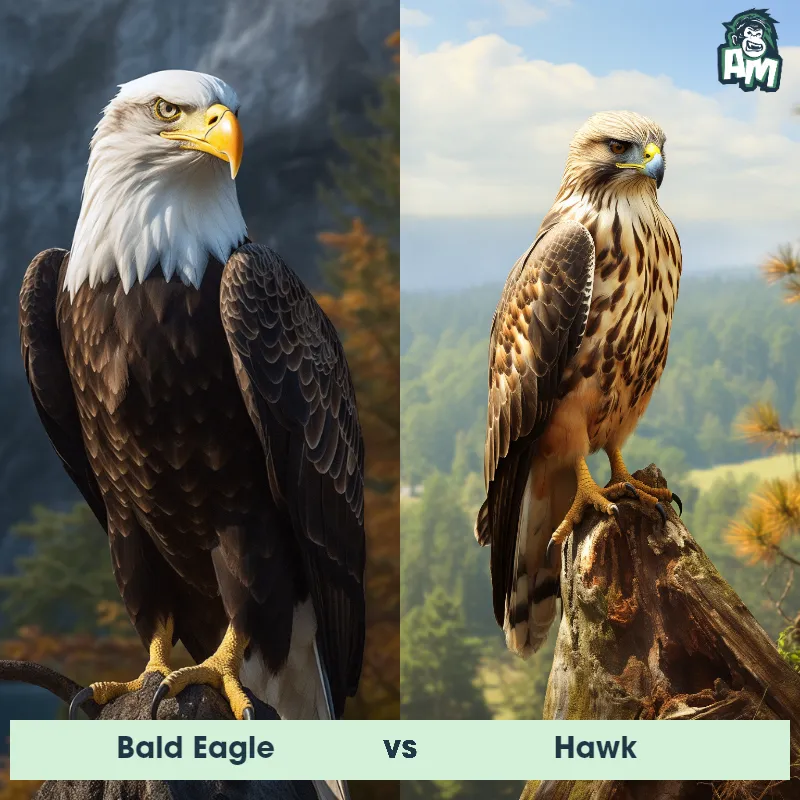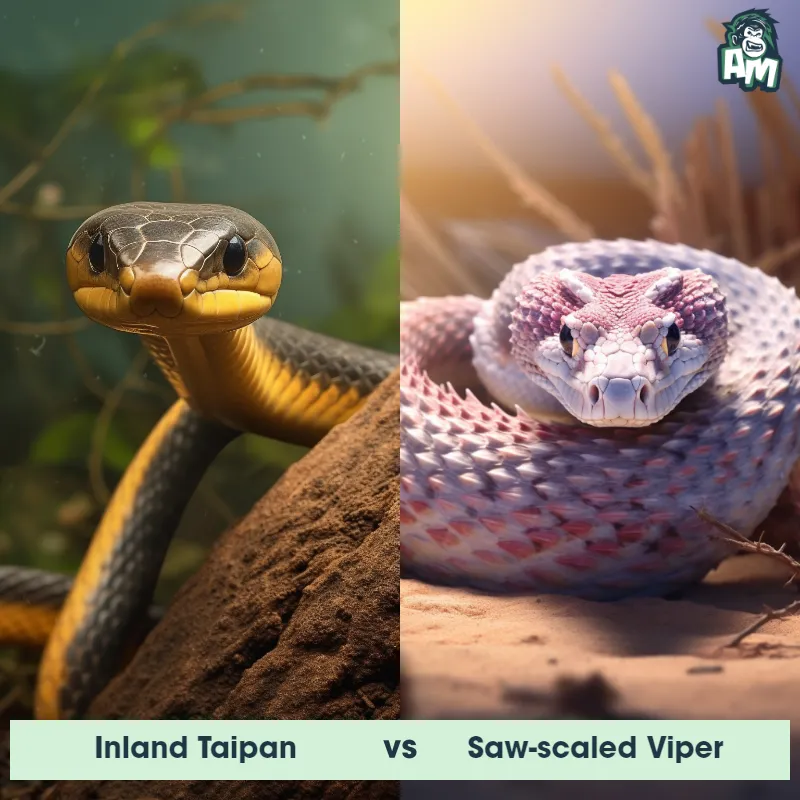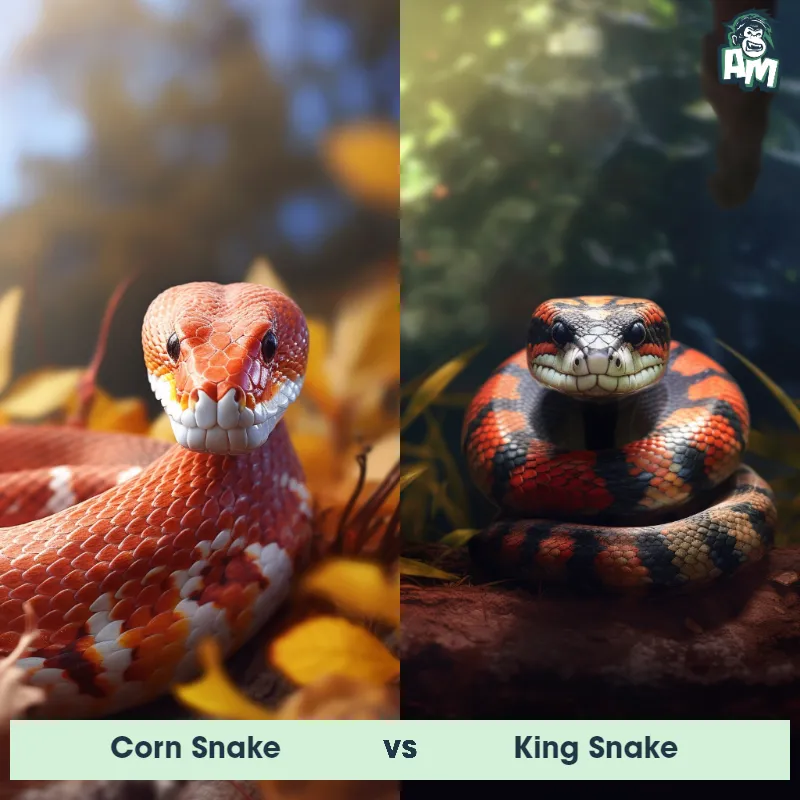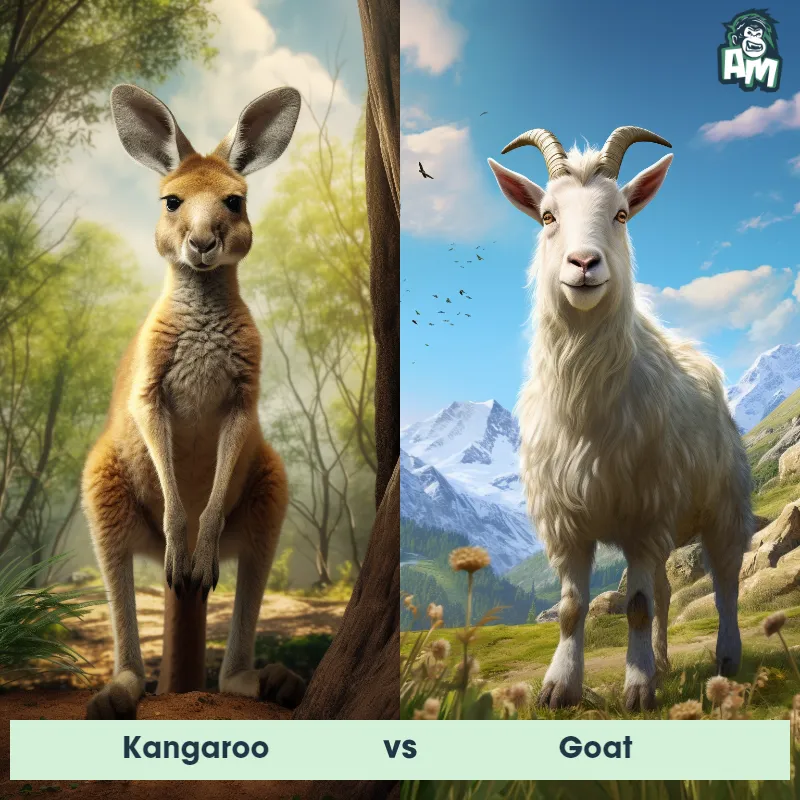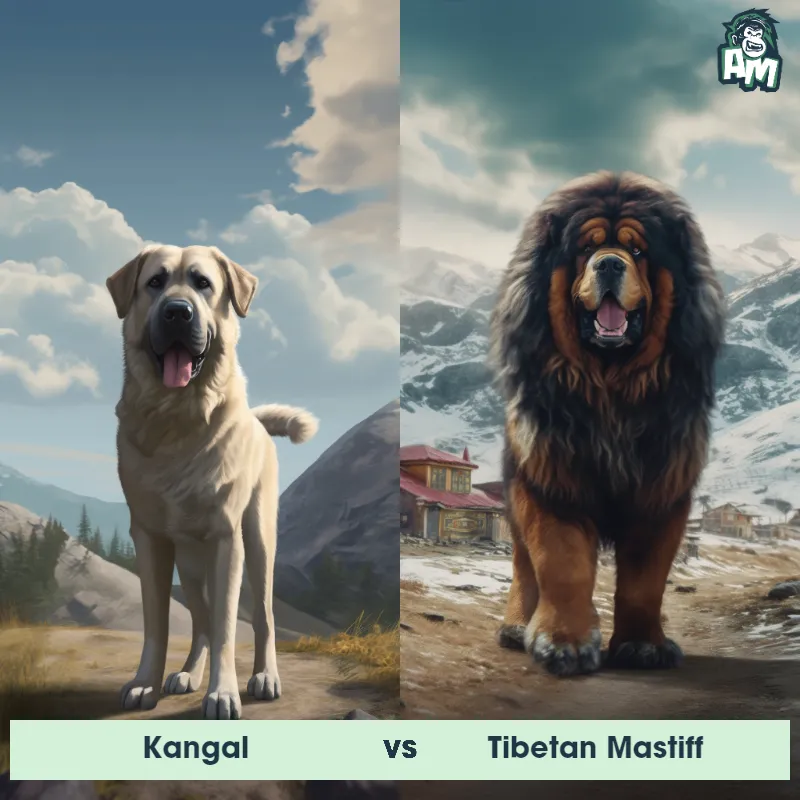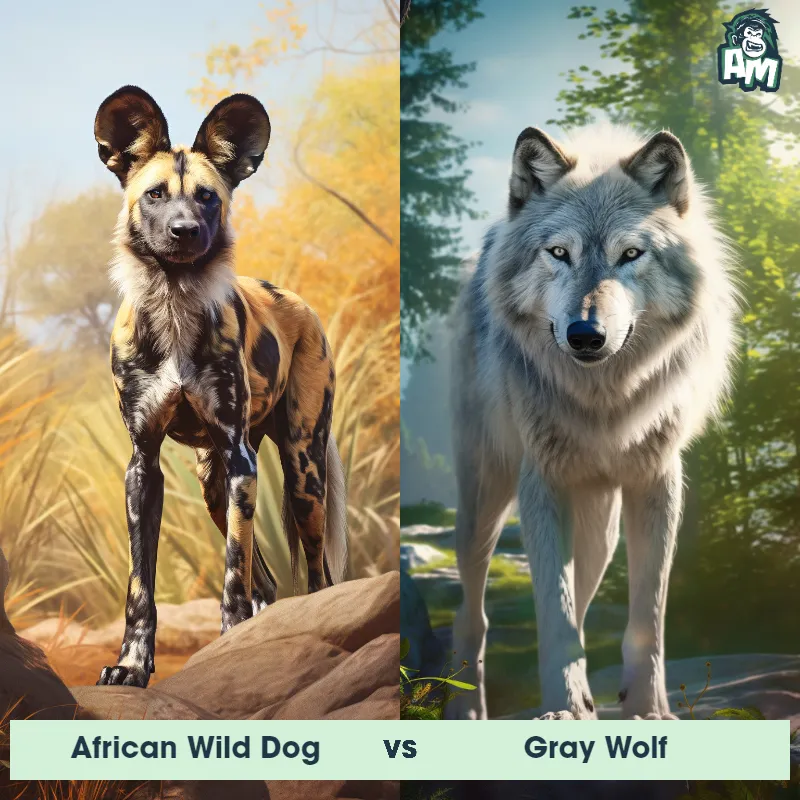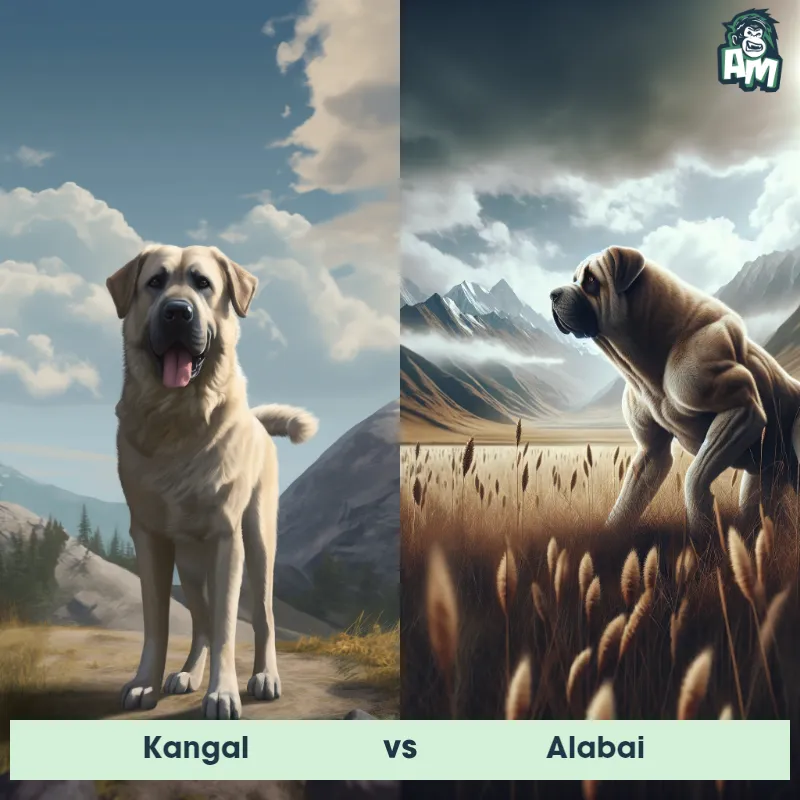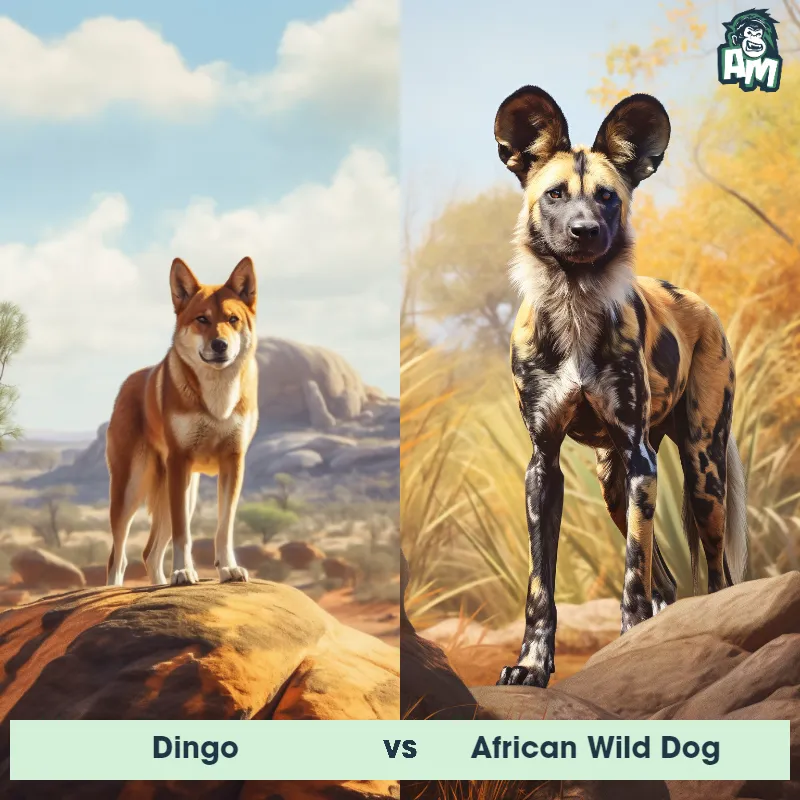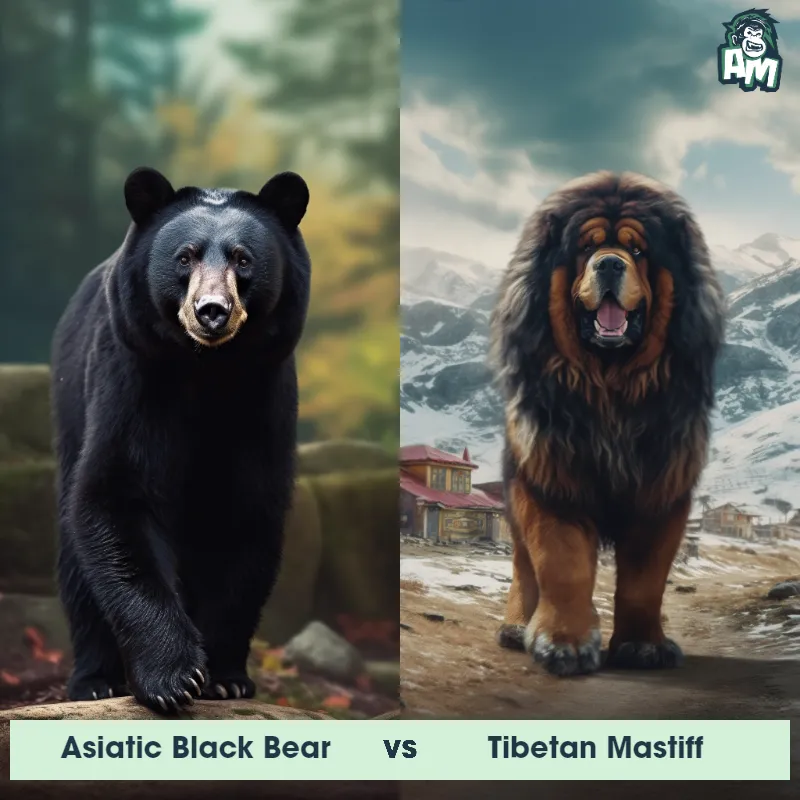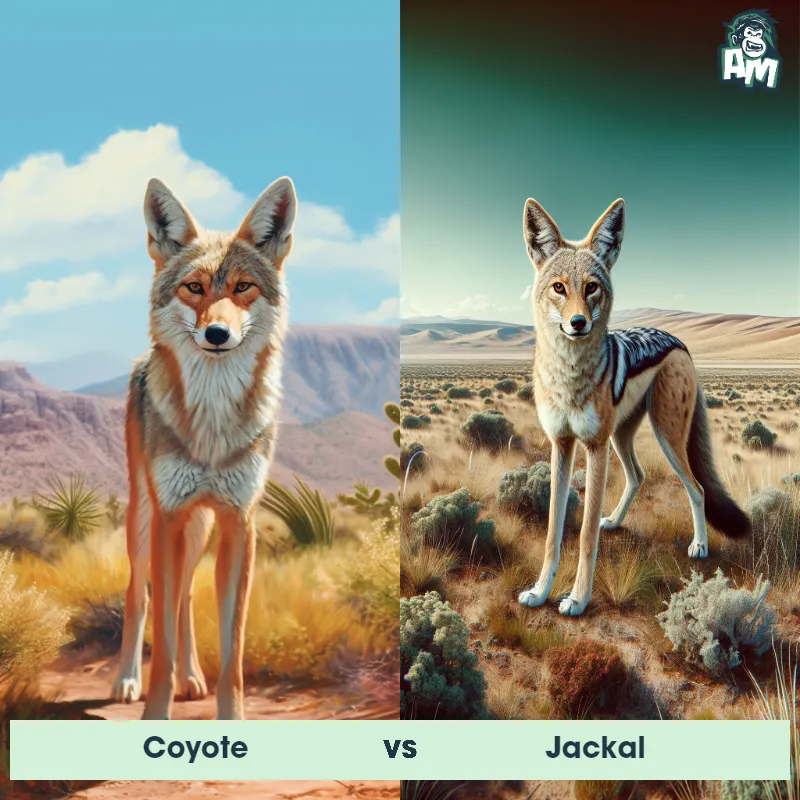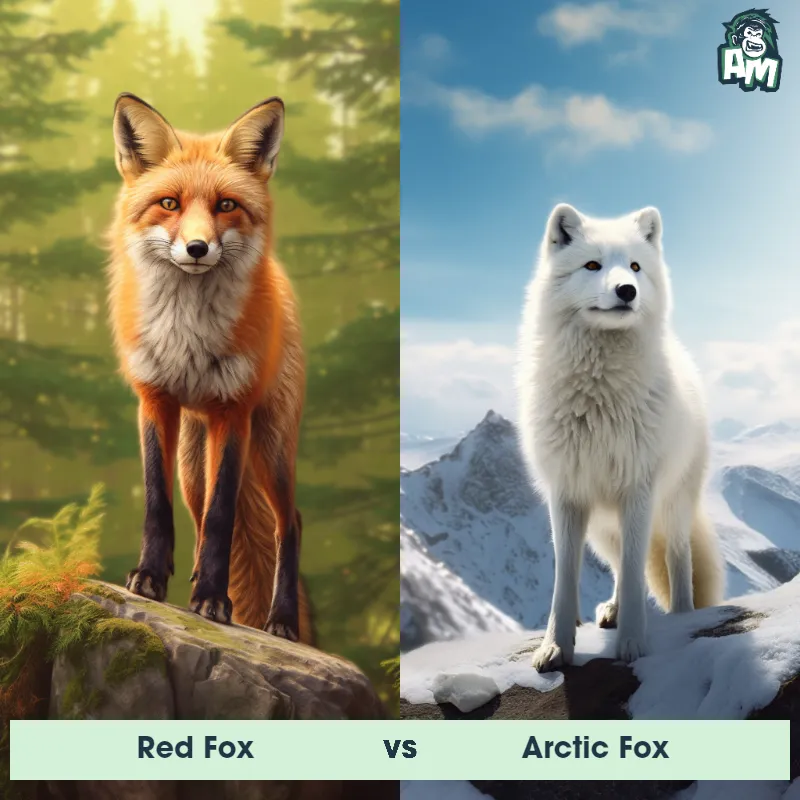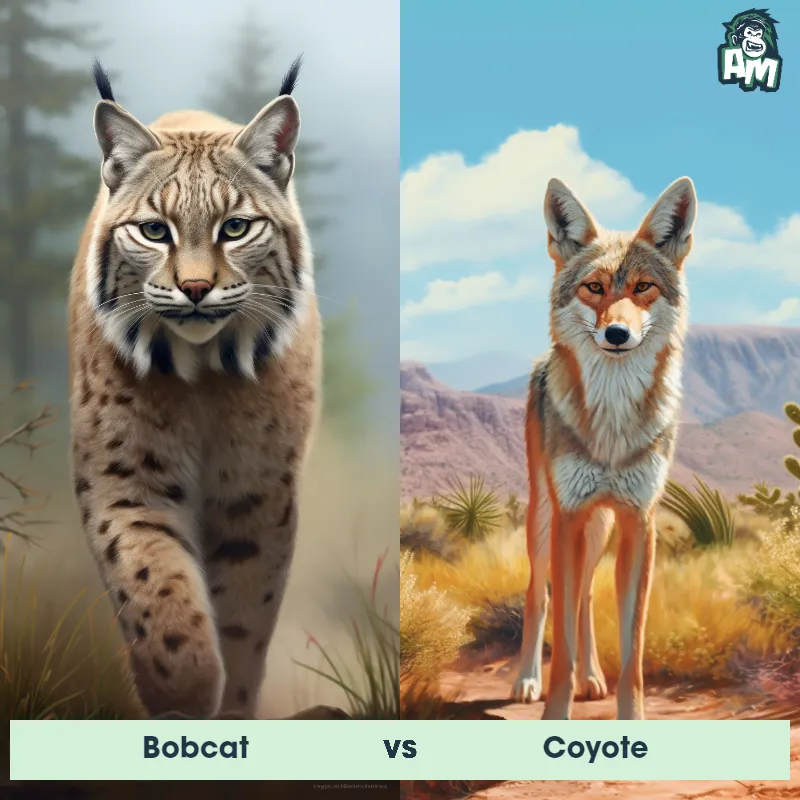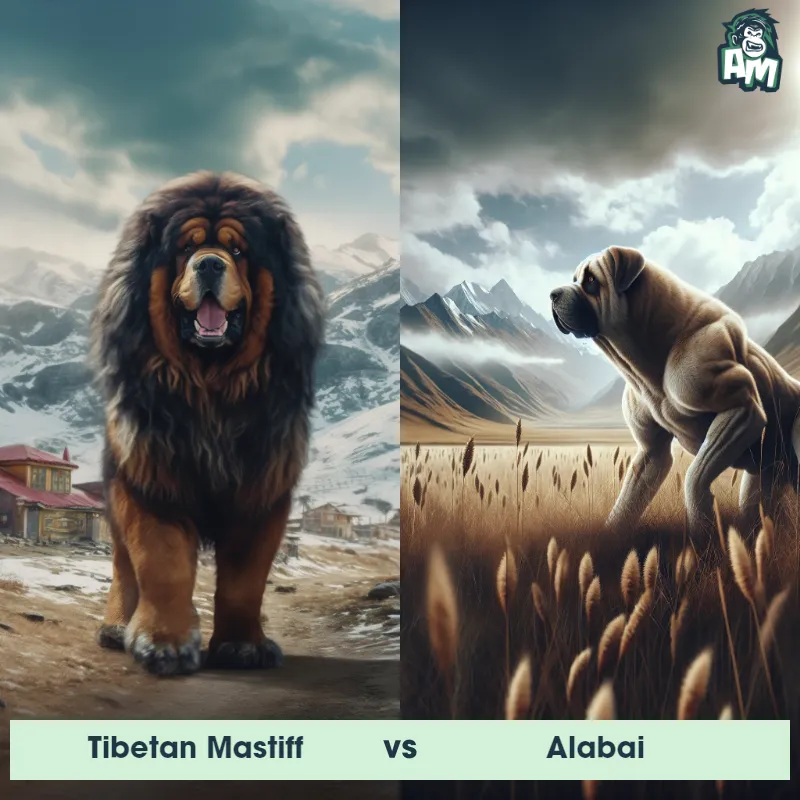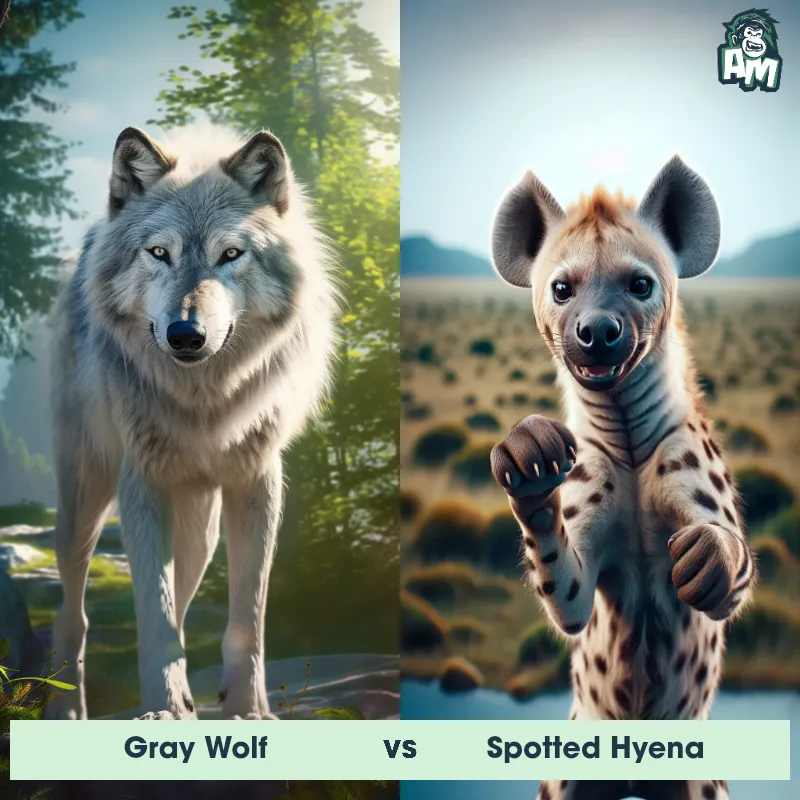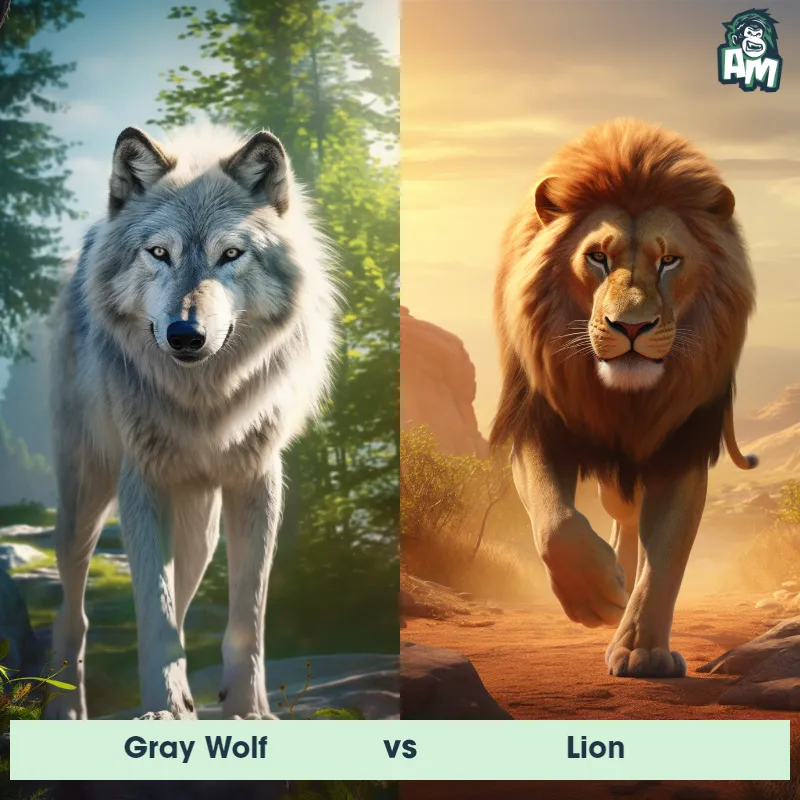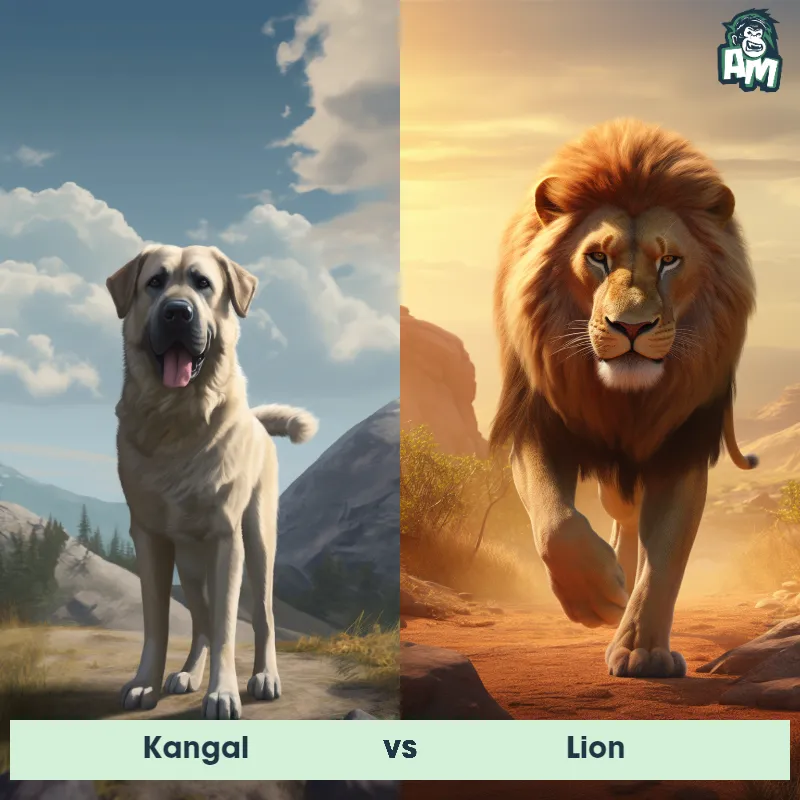Dingo vs KangarooSee Who Wins

Ladies and gentlemen, welcome to this thrilling showdown here at the Animal Matchup! Our two competitors tonight are none other than the formidable Dingo and the charismatic Kangaroo. Both of these animals are known for their agility and cunning, making this matchup an intriguing one. The stage is set, the crowd is on the edge of their seats, and it's time to see who will emerge victorious in this three-round battle. Let the games begin!
Contender 1: Dingo
The Dingo, also known as the Australian Native Dog, is a wild canine that is native to Australia. They have a lean and muscular build, with a short, thick coat that can range in color from sandy yellow to red. Dingoes have a distinctive howl and are known for their intelligence and adaptability, as they can survive in a variety of habitats, from deserts to forests.
Fun Fact: Dingoes are one of the few species of dog that can rotate their heads almost 180 degrees in either direction, allowing them to keep a close eye on their surroundings.
Contender 2: Kangaroo
The kangaroo is a large marsupial native to Australia, characterized by its strong hind legs, large feet, and a muscular tail used for balance. Their unique body structure allows them to hop at high speeds and leap large distances. Kangaroos have a small head, large ears, and a pouch for carrying their young, known as joeys. The color of their coat varies from grey to brown or red, depending on the species.
Fun Fact: Kangaroos are known for their unique method of locomotion; they can't walk on all four limbs, instead, they use hopping as their primary means of getting around, which allows them to cover great distances efficiently.
Matchup Stats
| Dingo | Kangaroo | |
|---|---|---|
| Size | 20-24 inches (50-60 cm) at the shoulder | 3-8 feet tall (0.9-2.4 meters) |
| Weight | 22-44 pounds (10-20 kg) | 40-200 pounds (18-90 kilograms) |
| Speed | Speed: 40 mph (60km/hr) | 44mph (70km/h) |
| Key Strength | Speed and agility | Powerful hind legs and strong tail for balance and kicking |
| Biggest Weakness | Lack of endurance | Limited mobility when not hopping |
Current Votes
Dingo vs Kangaroo
See Who Wins
View More Matches
Looking For More?
Similar Matches
Scientific Stats
| Dingo | Kangaroo | |
|---|---|---|
| Scientific Name | Canis lupus dingo | Macropus |
| Family | Canidae | Macropodidae |
| Habitat | Varied, including deserts and forests | Grasslands, forests, deserts, and suburban areas |
| Geography | Australia | Australia and New Guinea |
| Diet | Opportunistic carnivores, eating small mammals, birds, and reptiles | Herbivore, primarily grasses and shrubs |
| Lifespan | 5 years - 10 years | 6 years - 8 years |
Key Differences between Dingo and Kangaroo
- Color: Dingoes display a variety of coat colors, ranging from sandy, yellowish to reddish-brown, often with white markings on the chest and paws, whereas Kangaroos are typically pale to dark shades of brown or gray, with some species displaying distinct patterns or markings.
- Head: Dingoes possess a relatively small head with a narrow snout and sharp, pointed teeth adapted for carnivorous feeding habits, in contrast to Kangaroos, which have a large, elongated head with a strong jaw and broad flat teeth suited for herbivorous grazing.
- Shape: Dingoes have a slender and athletic build, characterized by a long, bushy tail and pointed ears, while Kangaroos have a robust and muscular build, with powerful hind legs and a long tail used for balance.
- Tail: The tail of a Dingo is typically long, bushy, and carried down, whereas Kangaroos have a long, muscular tail that is used as a balance organ and a powerful tool for propulsion when hopping.
- Ears: One distinguishing feature of Dingoes is their erect, pointed ears that provide them with acute hearing, while Kangaroos have large, rounded ears that can swivel independently to detect sounds from various directions.
- Size: The Dingo is a medium-sized dog-like mammal, typically measuring 90-120 cm in length and weighing around 15-20 kg, while the Kangaroo is a much larger marsupial, with adult males standing over 6 feet tall and weighing between 50-90 kg.



